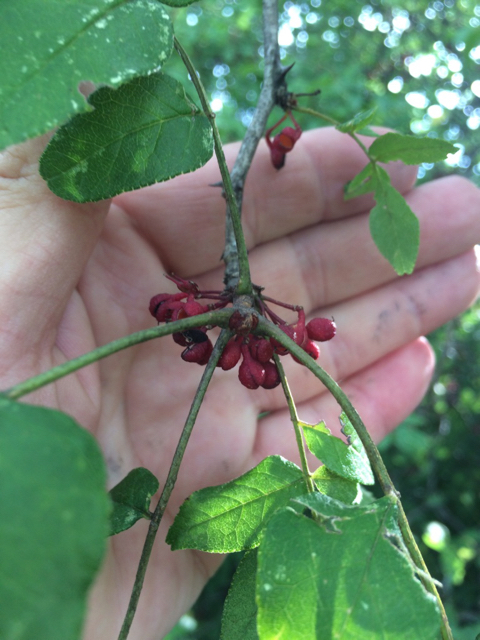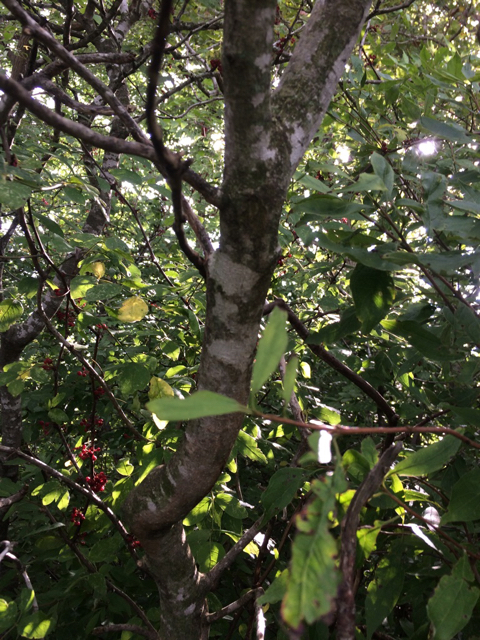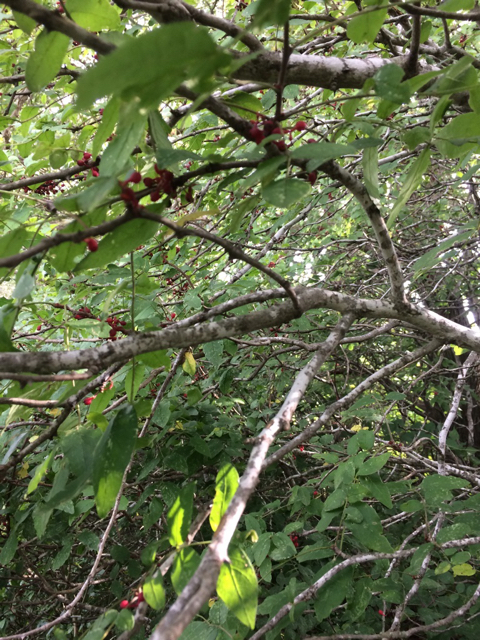I was reasonably sure that this was a clump of poison sumac until the green berries turned red, not white. Now I'm puzzled.
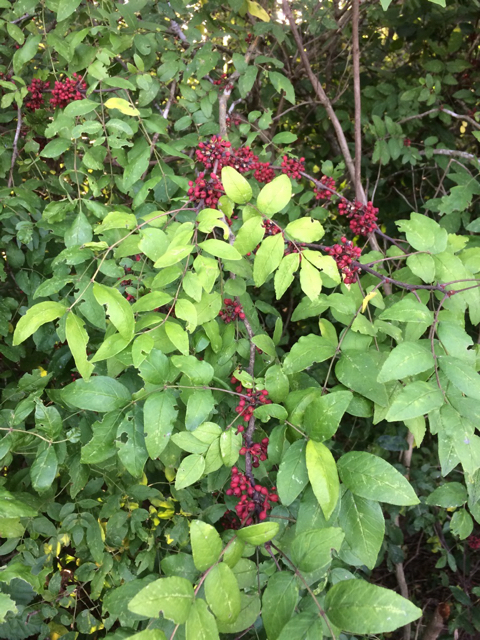
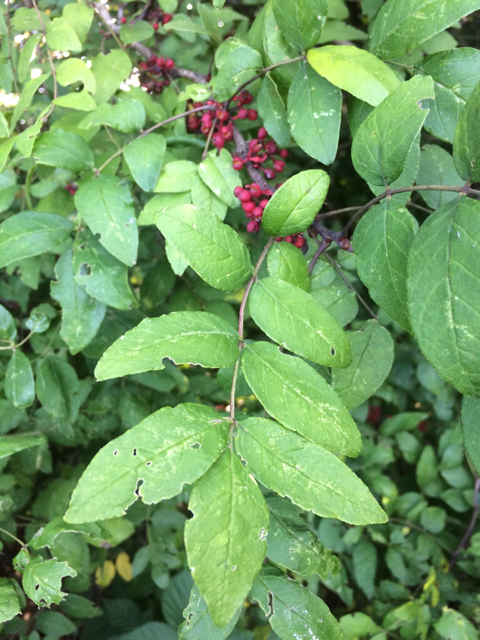
Sent from my iPhone using Deer Hunter Forum


Sent from my iPhone using Deer Hunter Forum


